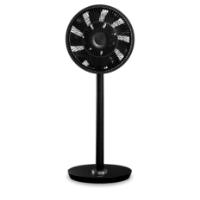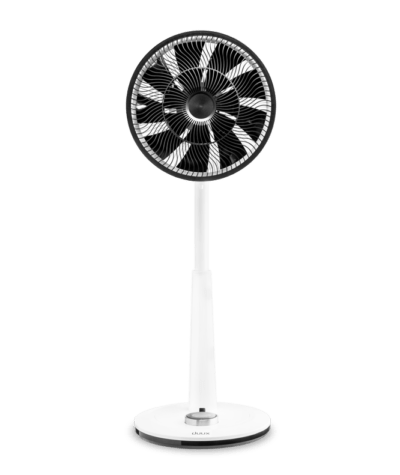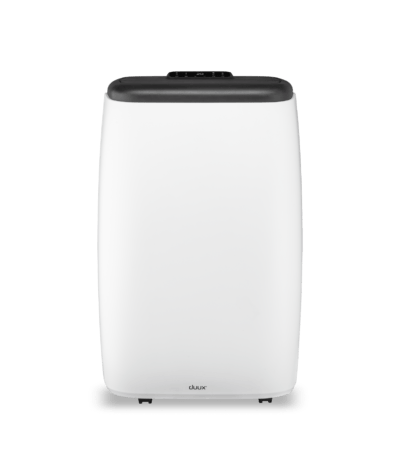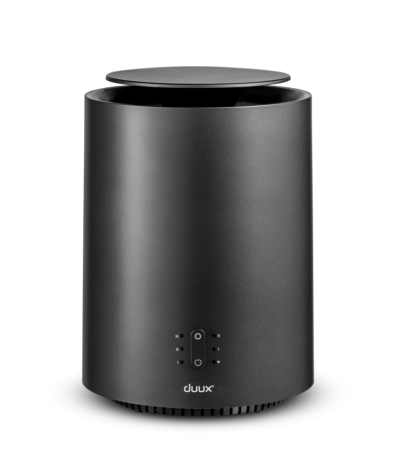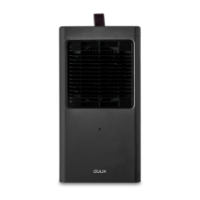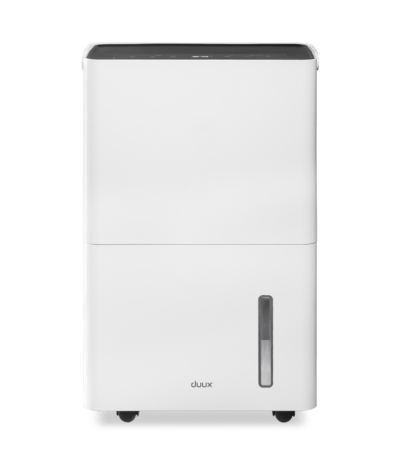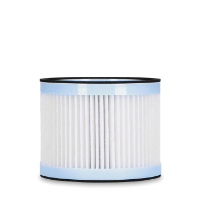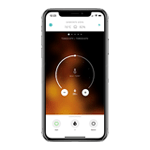Fine Dust
Our air purifiers filters (fine) dust from a size of 2.5 micrometers (PM2.5). For reference: a fine dust particle is 1/30th of a human hair.
Pollen
Pollen is the name for the pollen from flowers that is dispersed by the wind and remains suspended in the air. About 1 in 8 people are allergic to it.
Cooking odors
Although many people find the odors released during cooking to smell pleasant, the cooking fumes released during food preparation are indeed harmful to breathe in.
Dust Mite
House dust mites are small spider-like animals that like to nestle in fabric products; think upholstered furniture, curtains and bedding. The waste products of the house dust mite can cause allergic reactions.
Chemicals
Chemicals are chemicals found in many of our everyday products; think cosmetics like perfume or deodorant, scented candles and cleaning products.
Skin Flakes
Worldwide, more than half of families have a pet. What many people don't know, however, is that floating hair and dander from our faithful four-legged friends can be harmful to our health.
Smoke
While we all recognize the adverse smell of smoke, smoke also has a negative impact on indoor air quality.
Fine Dust
Our air purifiers filters (fine) dust from a size of 2.5 micrometers (PM2.5). For reference: a fine dust particle is 1/30th of a human hair.
Pollen
Pollen is the name for the pollen from flowers that is dispersed by the wind and remains suspended in the air. About 1 in 8 people are allergic to it.
Cooking odors
Although many people find the odors released during cooking to smell pleasant, the cooking fumes released during food preparation are indeed harmful to breathe in.
Dust Mite
House dust mites are small spider-like animals that like to nestle in fabric products; think upholstered furniture, curtains and bedding. The waste products of the house dust mite can cause allergic reactions.
Chemicals
Chemicals are chemicals found in many of our everyday products; think cosmetics like perfume or deodorant, scented candles and cleaning products.
Skin Flakes
Worldwide, more than half of families have a pet. What many people don't know, however, is that floating hair and dander from our faithful four-legged friends can be harmful to our health.
Smoke
While we all recognize the adverse smell of smoke, smoke also has a negative impact on indoor air quality.
What is air quality?
Air quality is an indicator of air quality. Depending on the extent to which pollution sources are present in the air, a distinction can be made between clean and polluted air. Polluted air is caused by bacteria, chemicals, pet dander, dust mites, carbon and nitrogen monoxide (such as cooking odors and smoke), pollen and (fine) dust (such as PM2.5) floating in the air. Because of the diversity of pollution sources, a air purifier is relevant at different times. Whereas a person with hay fever symptoms will benefit from using a air purifier primarily in the spring, for a person with asthma symptoms, this is less dependent on the season.
How do you measure air quality?
Because pollution sources causing polluted air are not visually detectable in most cases - for reference, a particulate is 1/30th of a human hair - a PM2.5 laser sensor is the most efficient way to measure air quality. This sensor is built into standard Tube and Bright and measures particulate matter in micrograms per cubic meter (µg/m³). If the value is between 0-20, the air quality in the room is excellent to good. If the value is between 21-75, the air quality is moderately to moderately unhealthy. At a value between 76-999, the air quality is considered (very) unhealthy and in some cases even hazardous. See the table below for the exact values and their meaning.
| ug/m³ | Rating |
| 0-10 | ● Excellent |
| 11-20 | ● Good |
| 21-50 | ● Moderate |
| 51-75 | ● Moderately unhealthy |
| 76-150 | ● Unhealthy |
| 151-300 | ● Very unhealthy |
| 301-999 | ● Hazardous |
What do you notice about poor air quality?
Contrary to popular belief, polluted air is not only noticeable with asthma, allergies or hay fever. For example, health complaints such as shortness of breath, dry skin, eyes or throat, and headaches indicate that the indoor air quality is polluted.
What to do about poor indoor air quality?
If you suffer from polluted air in your home, you can effectively improve it with the help of a air purifier. A air purifier is a device that draws in air and filters out the sources of pollution using a multi-layer filter, after which clean air is blown into the room. During this process, negative ions are dispersed throughout the room; these attach to particulate matter so that they descend and can be drawn into the room by the air purifier . The capacity of a air purifier can be demonstrated using the Clean Air Delivery Rate (CADR). The CADR indicates how many cubic feet a air purifier cleans per hour and depends on the power of the air purifier and the type of filter.

